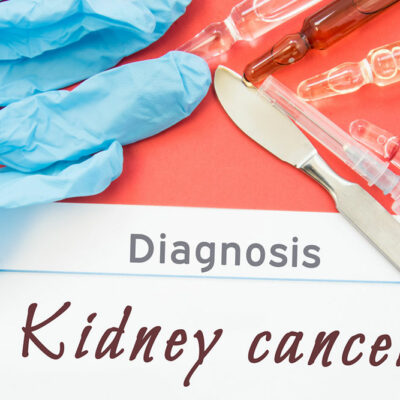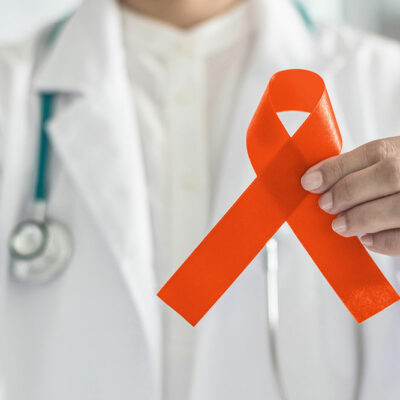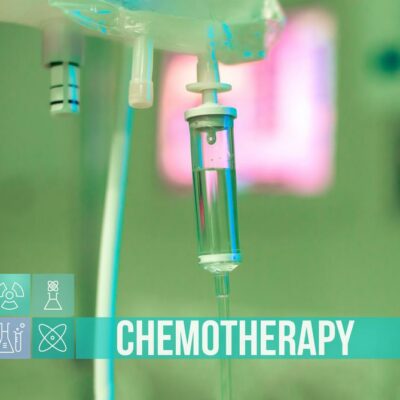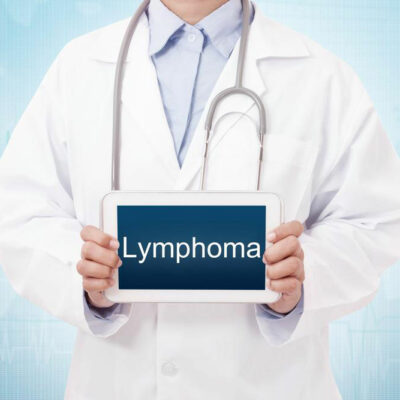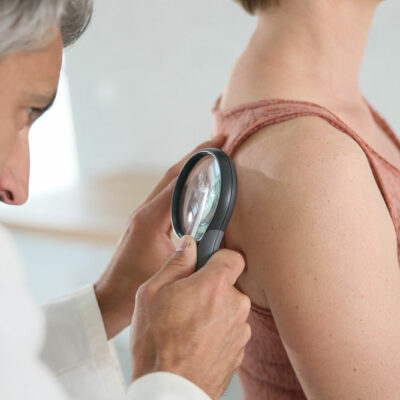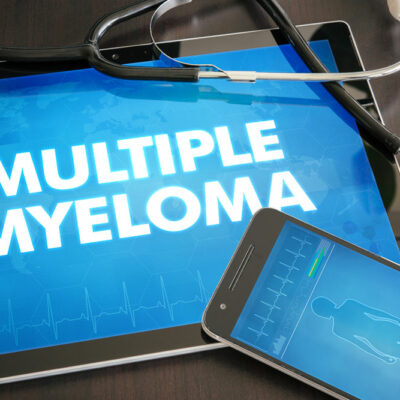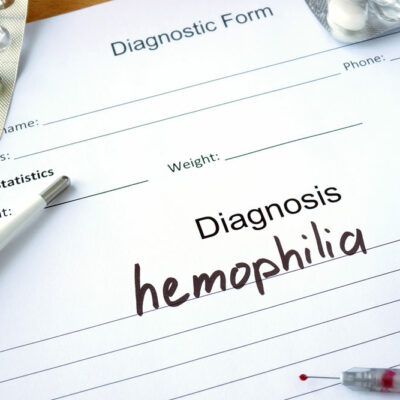
Health
Understanding Replacement Therapy for Hemophilia
Hemophilia is a rare genetic disorder wherein the individual has insufficient or defective blood clotting factors that are required by the body. As a consequence of this condition, the individual would end up with bleeding that does not stop easily due to the lack of the required clouting reactions to take place in the body, thereby making the individual highly susceptible during injuries. One of the most common hemophilia treatments is replacement therapy. Let’s take a look at what’s involved: 1. What is replacement therapy Through replacement therapy, the individual’s body is supplied with the clotting factors that are missing through the help of an external source. Based on the type of clotting factor that is deficient in the body, hemophilia is categorized as type A, B, or C. Consequently, the type of clotting factor that has to be supplied through such treatment would depend on the hemophilia type that the individual is suffering from. 2. Sourcing of clotting factors In general, the required clotting factors for hemophilia treatment are sourced from human blood or plasma, which forms the blood’s non-cellular liquid component. Some of the common types of clotting factors VIII that are derived from plasma are Wilate, Alphanate, HumateP, and Hemofil-M.
Read More 
